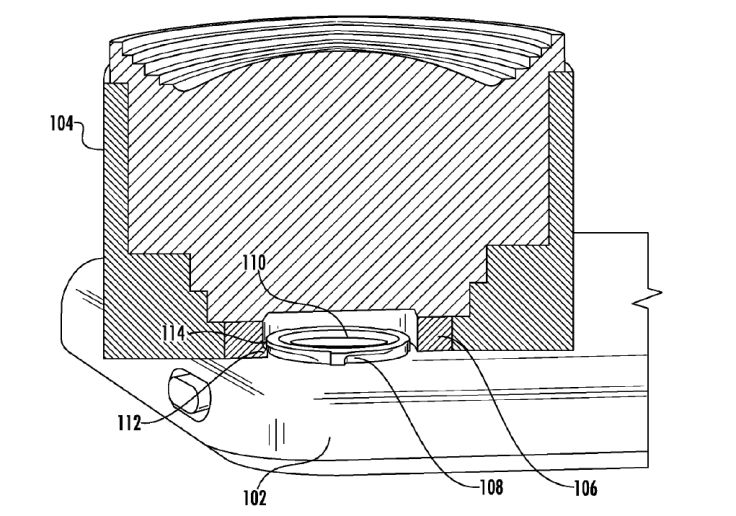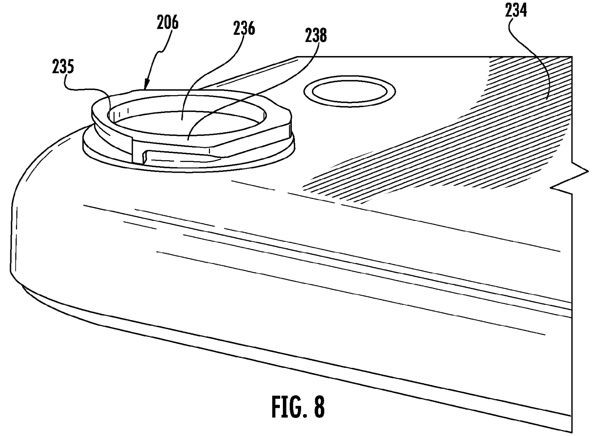Apple iPhone 6 Rumors: New Camera Could Have Swappable Lenses And Photorealistic Graphics

Apple has a history of shrouding their products in mystery until launch, and that makes rumors about product specs and features all the more interesting. Apple’s next mobile device, the iPhone 6, which apparently will be launching in late September, has a slew of rumors surrounding it. Most recently, the camera and graphics processing unit (GPU) have been discussed.
New Graphics Could Be Photorealistic
Imagination Technologies announced Wednesday a new graphics architecture with ray-tracing capabilities. Apple employs Imagination’s PowerVR G6430 graphics package in the iPad Air, iPad Mini Retina and iPhone 5s, so it’s easy to speculate that the A8 processor, currently being produced by Samsung and TSMC, will contain the next version of Imagination’s software. The images released with the announcement show a high level of detail from the mobile GPU.
“This work culminates at GDC 2014 with the official launch of the PowerVR Wizard GPU family, a range of IP processors that offer high-performance ray tracing, graphics and compute in a power envelope suitable for mobile and embedded use cases,” stated Imagination Technologies. “This opens up the potential of highly photorealistic, computer generated imagery to a host of new real-time applications and markets not previously possible.”

Ray tracing is a highly technical process that creates photorealistic images. However, this usually comes at a cost of computing speed and power, which limits its functionality in the mobile world. If Imagination Technologies manages to pair their graphic algorithms with the semi-limited mobile processor and still produce photorealistic images, the benefit to mobile gaming on the iDevice line would be huge.
Will The Camera Have Swappable Lenses?
Last week, a report suggested the next iPhone will be 7mm thick and possess a protruding camera. But that seems far off based on the designs and thickness of previous models. Apple has made each model’s camera flush with the back of the phone. However, Apple recently filed a patent application for a bayonet lens attachment, possibly confirming the previous rumor. If Apple is testing and possibly producing a lens attachment mechanism, it stands to reason that the iPhone would have a protruding camera module.

A bayonet-style lens attachment is a pin and lock–style mount. The pins, located on the male half of the connection, slide into grooves that twist and have a spring mechanism to lock the mount into place. This secures the lens and makes the swapping of different lenses easy and quick. An example of the bayonet mount is on flash bulbs of early cameras.

Adding swappable lenses for an iPhone may knock some third-party options out of the market. Olloclip is an add-on camera lens that allows for four different lenses on one convenient accessory. Fish-eye, wide-angle and two macro lenses improve the iPhone and iPod Touch’s camera functionality, giving amateur photographers the opportunity to change up their shots. If the iPhone 5s-shot commercials are any indication of Apple’s camera dedication, then prepare for a new flurry of new Instagram shots come October.
© Copyright IBTimes 2024. All rights reserved.











